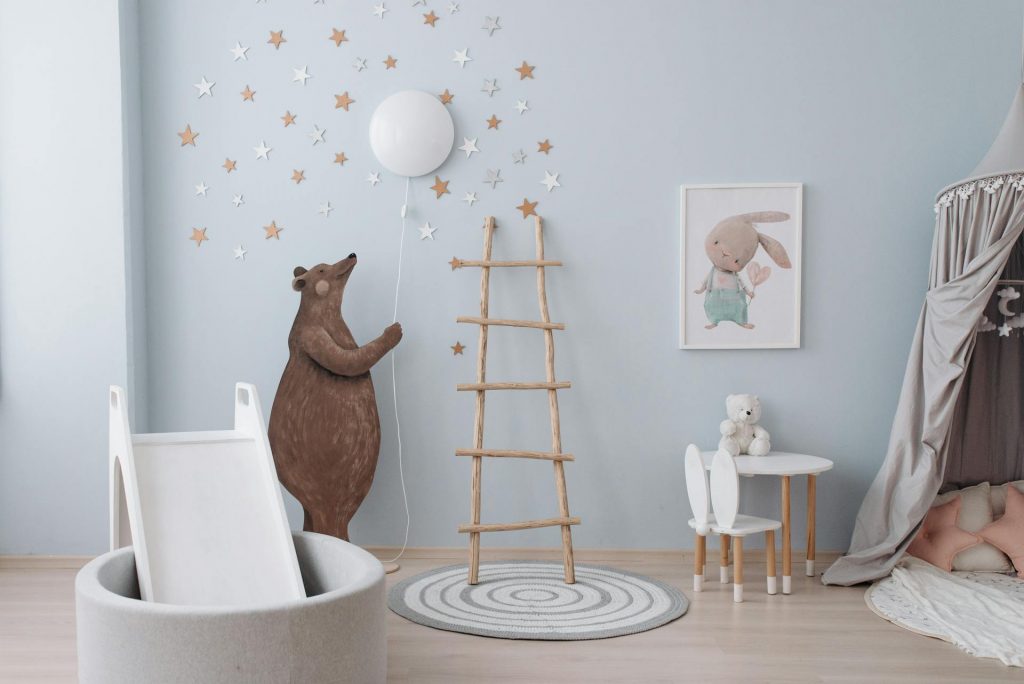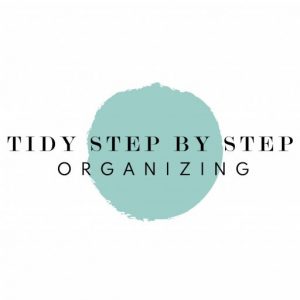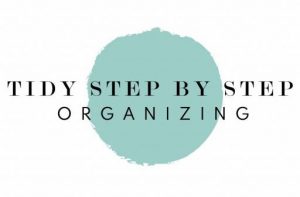New Parent Organization Tips
Decluttering Baby Room Essentials
Being a new parent can be overwhelming, especially when it comes to staying organized. Our expert tips for new parent organization are designed to help you create a functional and stylish nursery, making life with a newborn easier. From decluttering baby room essentials to organizing baby clothes and toys, we provide practical solutions tailored to your needs.
Our newborn organization tips include nursery organization ideas that fit your lifestyle, whether you’re in New York or anywhere else. Learn how to maintain a clutter-free space with effective tips for organizing baby clothes and toys, ensuring everything has its place.

Effective Tips for Organizing A Nursery
1. Create Dedicated Zones
● Sleeping Area: Whether it’s in the nursery or in the parents’ room, ensure the crib or bassinet is close to where the parents sleep, especially for nighttime feedings and diaper changes.
● Feeding Zone: Set up a comfortable chair (glider or rocker) near the baby’s crib or in a quiet corner. Have a small table within arm’s reach to hold essentials like a water bottle, burp cloths, etc.
● Diaper Changing Station: This should be easily accessible and fully stocked with diapers, wipes, creams, and extra clothes. Consider a portable caddy for diaper supplies, so it can move between rooms easily.
2. Organize Essentials for Easy Access
● Within Reach: Keep all frequently used items (diapers, wipes, baby clothes, burp cloths) within easy reach, especially in the middle of the night. Use drawer organizers and small baskets to separate these items so parents don’t have to dig around.
● Create a Grab-and-Go Kit: Have a small basket or bag with all essential baby items (diapers, changing pad, wipes,extra clothing, diaper rash cream,burp cloth, blanket) ready for quick outings. This can reduce stress when leaving the house.
3. Set Up a Nighttime Feeding Station
● Bottle Feeding: If bottle feeding, set up a mini station near the bed or in the kitchen with bottles, formula, a bottle warmer, and a water jug to prepare bottles quickly during the night.
● Breastfeeding: If breastfeeding, have a comfortable nursing pillow, burp cloths, and breastfeeding supplies (nipple cream, breast pads) in one place for easy access. A nightlight or dim light near the feeding station is helpful for night feedings.
4. Organize Baby Clothes
● Drawer Organizers: Use dividers in drawers to separate onesies, socks, mittens, and other baby clothes by size and type.
● Hanging System: If space allows, hang larger items like jackets or special outfits to avoid crowding the drawers.
● Rotate Sizes: Store clothes in bins or baskets by size (newborn, 0-3 months, etc.) and rotate them out as the baby grows. Keep only the current size available to avoid clutter.
5. Diapering Setup
● Stationed Setup: Have a main diaper changing station (with a changing table or pad) stocked with diapers, wipes, creams, and extra onesies. A diaper caddy can help keep all essentials organized and portable for quick changes in other rooms.
● Diaper Pail: Place a diaper pail with a lid next to the changing station for convenience. Ensure it’s easy to empty and odor-controlled.
6. Optimize the Nursery
● Crib Position: Place the crib or bassinet near a window for natural light but away from direct sunlight or drafts. Ensure there’s a comfortable amount of space around the crib for easy movement.
● Minimalist Setup: Keep the nursery simple and uncluttered, focusing on essential items (crib, changing table, rocking chair). Avoid overcrowding the space with toys and decor in the early months.
● Baby Monitor: Install a baby monitor with video/audio capability for peace of mind. Make sure it’s placed securely with a full view of the crib.
7. Bathing Setup
● Bath Time Caddy: Use a caddy or basket to hold baby bath essentials (baby wash, washcloths, towels) so they can be easily transported to and from the bathroom.
● Sink Bathing: For the first few months, bathing in the sink is easier. Ensure the area is clear and has a soft bath support or a baby tub that fits the sink.
8. Create a Parent Care Station
● Self-Care Basket: In the early days, new parents often forget to care for themselves. Create a small self-care station with snacks, a water bottle, lip balm, hand sanitizer, and other essentials to encourage them to take care of themselves during long nights.
● Phone Chargers and Entertainment: Have a charging station for phones, tablets, or books close to the feeding and resting areas, making it easier for parents to relax during downtime.
9. Plan for Sleep
● Blackout Curtains: Install blackout curtains in the baby’s sleep area to help with daytime naps.
● White Noise Machine: Place a white noise machine in the nursery or bedroom to help soothe the baby and block out background noise.
10. Baby Toy and Book Storage
● Tidy Toy Bins: Use small storage bins or baskets to organize toys. Keep only a few out at a time to prevent overwhelming clutter, rotating them as needed.
● Book Display: A small bookshelf or a few wall-mounted shelves can display baby books, making them accessible for storytime but neatly organized.
11. Laundry System
● Separate Laundry Baskets: Set up a dedicated laundry basket for the baby’s clothes. Having a separate basket ensures no items are missed, and it can prevent mixing delicate baby clothes with regular laundry.
● Pre-Treating Stains: Keep a stain treatment product near the laundry basket for easy pre-treatment of spit-up or diaper stains.
12. Baby Safety Essentials
● First Aid Station: Create a small, easily accessible first-aid kit for the baby, including nail clippers, a thermometer, baby Tylenol, and other essentials. Keep this in a consistent spot so it’s easy to find in emergencies.
● Baby-Proofing: Begin early with baby-proofing even though the baby won’t be mobile right away. Secure furniture, cover outlets, and remove choking hazards from low shelves.
13. Streamline Cleaning
● Daily Wipe-Down Routine: Keep baby-safe disinfecting wipes handy near the changing station, feeding areas, and any high-traffic areas to quickly clean up spit-up, milk, and diaper spills.
● Simplify Laundry: Use a mesh laundry bag for baby socks and mittens to keep small items from getting lost.
14. Organize Paperwork and Records
● Baby Binder: Create a binder or digital file to organize important documents like the baby’s birth certificate, medical records, and any paperwork for vaccinations, insurance, and milestones.
● Important Contacts: Keep a list of emergency contacts, pediatrician information, and local urgent care centers readily available, either printed or saved in an easy-to-access digital format.

